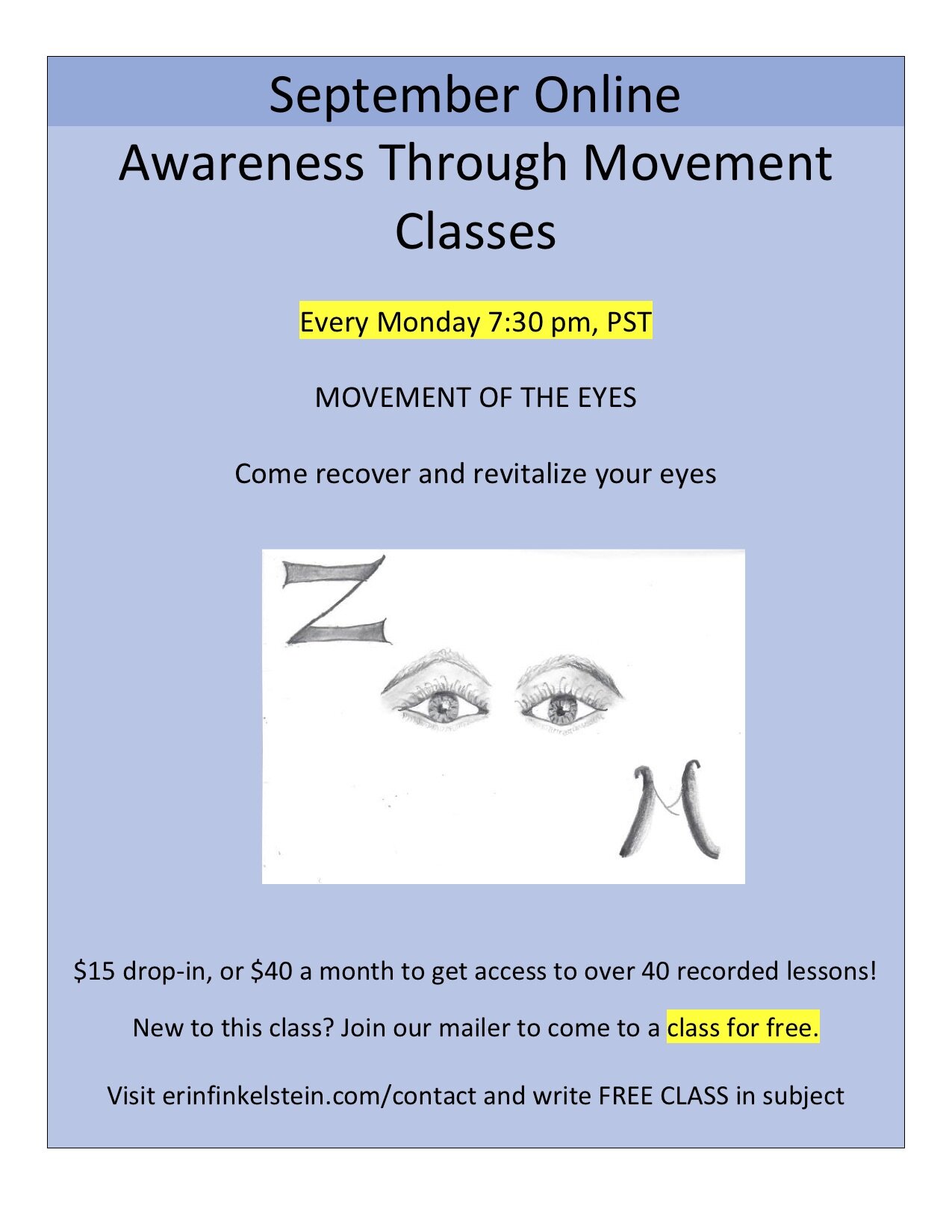By Erin Finkelstein, GCFP, M.M.
Where is the Core of an Apple? While you ponder that seemingly obvious and potentially silly question, I challenge you to now consider, where is the core of YOU?
Strengthening the ‘core’ for chronic back pain
May people have difficulty sitting for long periods of time, and come into my movement studio with chronic back pain. They exclaim, like a guilty child, “I know I’m supposed to be strengthening my core”. They’ve been told that it will create more strength, and therefore get them out of pain. When I ask them where their core is and how to strengthen it, 9 times out of 10 they inevitably tighten their front stomach muscles and artificially pull themselves upward, looking rather uncomfortable. They also admit that it’s not sustainable, they can’t seem to figure out how to hold themselves. When I ask them the question I just asked you, “where is the core of an apple”, a curious moment of confusion or cognitive dissonance happens between the logic of the obvious answer: (the center) and between what they’ve been taught or learned to believe: the front.
Where is my core then, if not in the front?
We humans are a dynamic, brilliant system of complexity. We deserve to give ourselves a much more thoughtful and coherent investigation of finding comfort and strength, leading to a more satisfying life full of vitality. Let us throw out the word CORE, and replace it with CORE-dination.
While muscles are the object of our collective societal attention, bones are much stronger than muscles could ever dream of being. Bones stand the test of time, when wrapped and cared for properly (thanks, Egyptians). When we CORE-dinate the movements of our skeleton, we give the muscles a chance to work properly, for every function. The strength we are seeking comes from the accessibility of the patterns of CORE-dination and movement, which give us relief from pain, and vibrancy of movement.
In order to enjoy this accessibility, we must first uncover our blindspots of self-understanding. The first place I often work with individuals to investigate is their understanding of their own spine. How do you sense it? How long is it? What is the shape? Is it straight, is it curved? How curved, and where? Do you THINK it should be one way, or the other? What attaches to the spine, and what does the spine connect to inside of you? And more importantly, how do you begin to answer these questions?
Do I have to strengthen my core to get out of chronic pain?
The short answer is, I need to know much more about you personally, to answer that question. But in order to learn to CORE-dinate your movements, you may actually have to learn to let GO in what you believe to be your core muscles, in order to access that pattern of vitality.
While it is true that some might benefit, even to a large degree, from an increased tonus in the front of oneself, artificially increasing and tightening arbitrarily in the front of yourself ignores the importance of how to CORE-dinate strength, through movement. Consider the strength and comfort of a toddler for a moment. Yes, I believe they are incredibly strong, and most move with comfort and ease. Their vitality in sitting, standing, running, rolling, and playing comes not from tightening their stomach muscles, but from feeling CORE-dinated movement and listening to themselves first and foremost (often to the dismay of their parental figures). The first solution to finding more comfort, is to set aside this one-size fits all approach to creating “core strength”, and start investigating more than just squeezing one set of muscles in front of you. Let go of the guilty feeling for it not working, since the picture you’ve been given is incomplete.
How do I strengthen my core, or rather, CORE-dination?
Moving with awareness, and paying attention to the sensations in each moment start to give you a better picture of how your brain puts together your coordination. When I ask people to start moving, I enlist the thinking of one of my brilliant trainers, Julie Peck, from my Feldenkrais education who asked, “are they moving their spine in order to move their ribs, or, do they fold and flex the ribs in order to move the spine?” When you bring your spine forward and backwards, left or right, which way do you move? Is the rib cage, well, cagey, or does it flex easily?
Most people associate the forward facing part of the spine as still being behind them, when it actually extends forward halfway into the center of the torso. Find your side ribs, and feel the halfway point between the front and the back. Therein lies the front facing part of your spine.
For some people, they associate their spine lower, in the center of their pelvis in the back. The pelvis is like a live, dynamic ball. If we habitually tighten the front of ourselves at all times, we inhibit the roundness and the ability for the coordination of the front and back, and sides to move freely. The bottom of the pelvis is like a rocking chair - the sitz bones can become a soothing place to keep motion even while glued to your computer screen for work.
Another issue surrounding finding comfort in sitting is learning where the movement of the pelvis/spine becomes disconnected or unCORE-dinated to the movement higher up towards your head, jaw, neck and eyes. When the movement doesn’t transfer through you, there’s usually some pain where the movement stops (I’m looking at you, shoulders!). The solution is to start to investigate thinking of yourself not as two dimensional, but rather in a more 3 dimensional dynamic dance between front, back, sides, and the volume and shape within. Start to play with the idea of coordinating your opposites: when the front of you is folding, shortening together, or compressing, even for just a bit, the back of you has the ability to round, lengthen, or create more tension to the same degree. The opposite is also true, when the front of you can lengthen (let go in the belly to create space between the pelvis and collar bones), the back of you must shorten. When one place is helped without paying attention to the coordination of the opposite side, the sensorial worlds collide, light movement stops, and there’s generally pain where the movements are un-coordinated front to back (or consequently, side to side).
Does improving core strength improve posture?
Maybe the problem is less with core strength, and more with the word posture.
As humans, we are not designed to be static, nor to sit or stand in such statuesque positions for long periods of time. And yet, this is what many of us now do for even longer periods of time. In this almost post-pandemic world, many of us now work from home and don’t have the opportunity to travel to our desk jobs, where we do even more sitting. Yet we believe that we might find comfort in getting better “posture”. Sitting is the new smoking, and “better posture” won’t help.
Dynamic posture is how you hold yourself in motion: walking, running, playing a sport. If your core muscles are chronically tight, or “strong”, this limits your comfort in dynamic movement. Feldenkrais coined the term “acture” - taking this dynamic stability further, to imply a neutral state which allows for vitality and freedom of movement in any direction comfortably, without major readjustment. I call this being in your personal skeletal neutral.
The solution to this problem with posture is the same as fixing your relationship to the word “core strength”. Explore being more responsible for your inner sensory listening, conscious movements and authority over the self. Computers and phones are seductive, but finding external answers to your pain is equally as seductive. When you get honest about what is not working for you (where the pain is, and discovering what you might be holding on to that is unnecessary), your inner voice can break through the technology, static sitting, and the one size fits all to getting out of pain. Embrace your inner toddler, who can’t even yet say her name, and play wildly with movement. That part of your brain is very much still interested in your attention, and not just when you’re trying to get out of pain. Your movement vitality depends upon the waking up and nurturing of your movement.
March Movement Membership
Moshe Feldenkrais left an incredible body of movement for you to play with, beyond your wildest imagination! Awareness Through Movement lessons range from improving your ‘acture,’ to improving eyesight, and everything in between. The lessons are designed for beginners and no experience is necessary. Even in your greatest limitation, my library has lessons for everyone. Can’t get on the floor? I have an entire series in a chair. Believe yourself to be inflexible? You’ll learn how to create flexibility from your brain and nervous system, first.
This March, join me for a new series of beginner lessons, to delight your newfound path to better CORE-dination. Don’t want to wait until March? Join my membership now for free 20 minute zoom consultation with me, and to have instant access to a library with dozens of chapters of lessons arranged by body or function for ease of use. Membership is only $36 a month, and you can cancel anytime, so there’s no risk. What’s holding you back? Let’s get CORE-dinated, together, starting now.
For more information:
https://soundmovementservices.thrivecart.com/membership/












